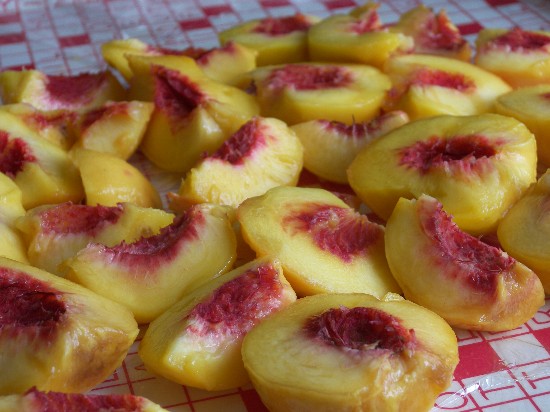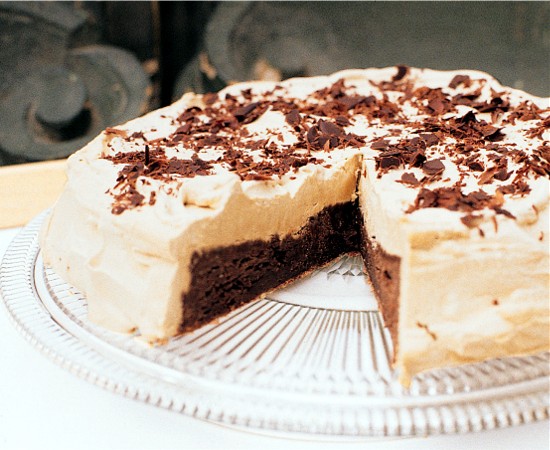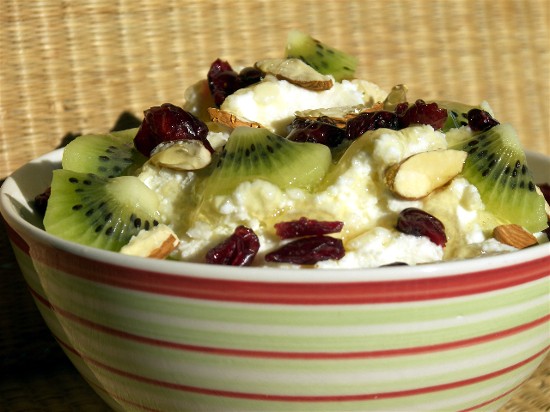
Inspired by Sicilian cucidati, fig cookies, this lemon-glazed tart is a holiday work of art.
Call me lazy — but not so lazy that I’d pass up the ideal holiday pastry.
I was crazy about cucidati, Sicilian tender-butter-crust filled fig and nut cookies, that are sweet, spicy and tart all at once. I’d gotten the recipe from Lee Davis and her son Tom Giliberto for a story I wrote in the Chicago Sun-Times. This was back when I had two young children and a full-time job so I didn’t have much spare time to roll and shape dozens of little stuffed pastry gems.
My AHA moment occurred when I realized I could adapt the recipe to make one BIG cookie (a tart baked in a removable bottom tart pan) that I could slice into wedges. For the winter holidays, I prepare this dessert up to a week before serving covered with foil and stored in a cool place. The honey, brandy, orange zest and spices actually mellow with time and enhance the flavor.
Italian-American master baker Nick Malgieri writes, “No one seems to agree about exactly what — besides figs — goes into the filling for these classic Sicilian cookies.” His version in Cookies Unlimited calls for almonds which are more typically Sicilian than walnuts. I, however, prefer walnuts but feel free to choose your own nut. Another area of confusion is the name. I have read many variations, including cuccidati, buccellati, and cuddureddi. Undoubtedly, they are all irresistible.
Have you eaten or baked Sicilian fig cookies? What are the ingredients that make yours special? What do you call them?











